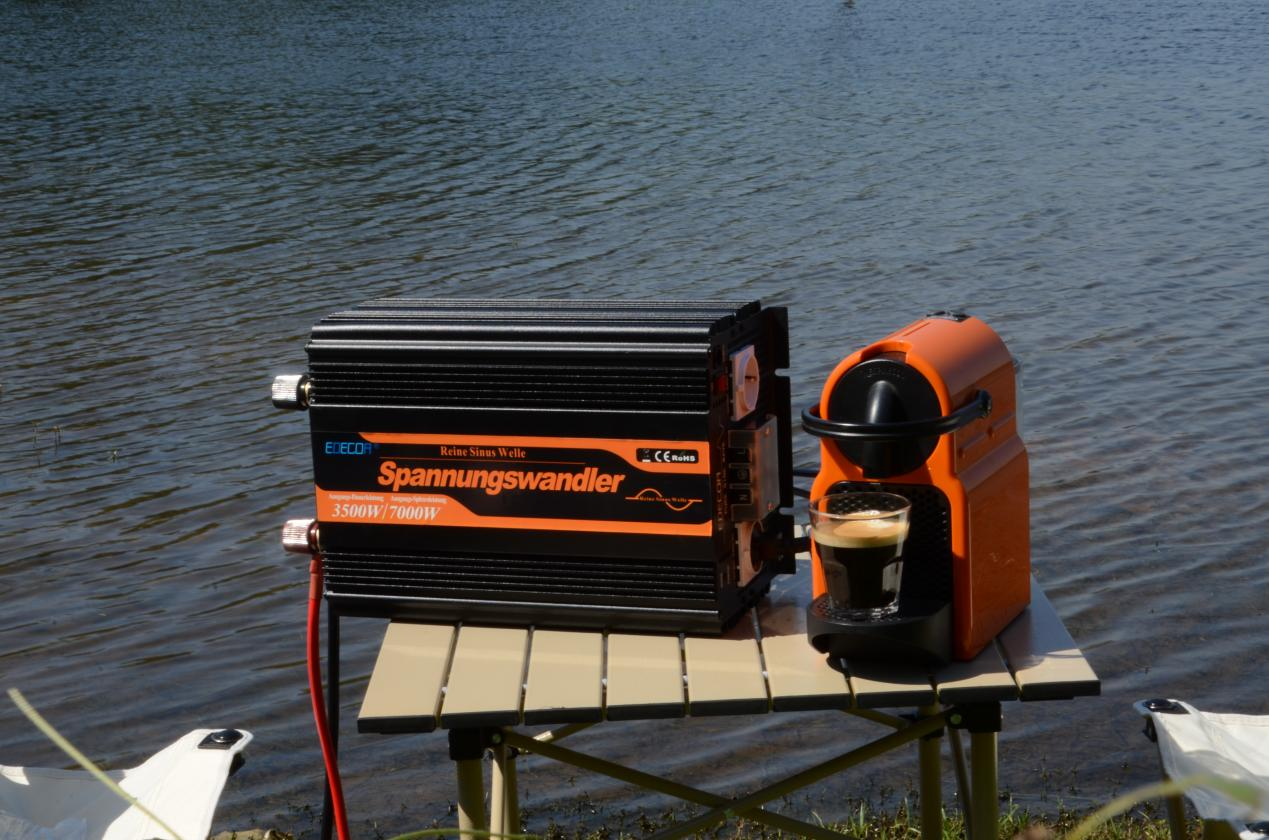What is the difference between 12V and 24V inverters?
12V and 24V inverters are named based on their input voltage differences. There are some differences between them, primarily in the following aspects:
Input Voltage: The input voltage range of a 12V inverter is DC 12 volts, while a 24V inverter has an input voltage range of DC 24 volts.
Output Power: Due to the higher input voltage of a 24V inverter, the same inverter can provide higher output power. In other words, a 24V inverter can typically handle larger loads, while a 12V inverter is suitable for smaller loads.
Efficiency: Generally, a 24V inverter is more efficient than a 12V inverter under the same power conditions. This is because the higher input voltage can reduce the current and power losses within the inverter.

The choice between a 12V and 24V inverter depends on your specific needs and system design. If your power system output is 12 volts and you have a smaller load, then a 12V inverter is a cost-effective choice. However, if you need to handle larger loads or want to improve system efficiency, then a 24V inverter may be more suitable for your needs.
The size of the load is an important consideration. Here are some general guidelines:
- 12V inverters are typically suitable for smaller loads, such as low-power electronic devices, lighting fixtures, small power tools, etc.
- 24V inverters are suitable for larger loads, such as high-power electronic devices, motors, power tools, etc.
The specific load capacity depends on the rated power of the inverter and the power requirements of the load. When purchasing an inverter, you can refer to the technical specifications to ensure that its output power meets your load requirements.
Can a 12V inverter be used with a 24V battery?
Generally, this is not feasible. The input voltage of the inverter and the voltage of the battery should match to ensure the proper operation of the inverter. Therefore, it is not recommended to use a 24V battery with a 12V inverter, as it may damage the inverter.

How should a 24V inverter be selected for battery connection?
First, you need to know the voltage of the battery. If the battery voltage is 12V, you can connect two 12V batteries in series. If the battery voltage is 24V, you can choose to connect one 24V battery or parallel multiple 24V batteries. The specific configuration depends on the capacity of the batteries and the power of the load. If you have any further questions, you can consult our customer service representatives for assistance.
Give you more choices in the EDECOA product list.


Share:
Protection and Monitoring Functions of Inverters: Ensuring the Safety and Reliability of Your Energy System
What is the hybrid inverter?